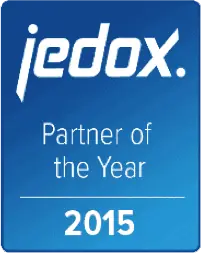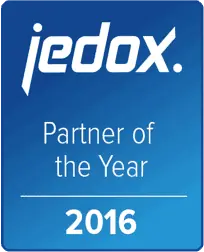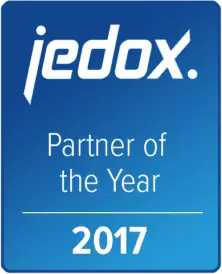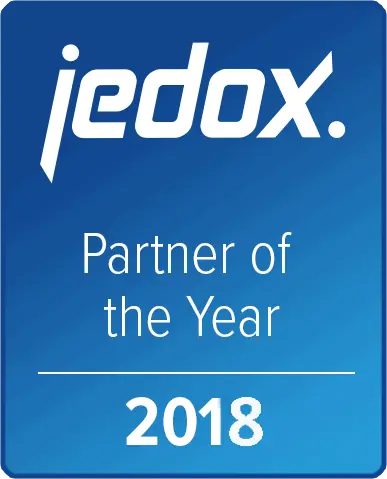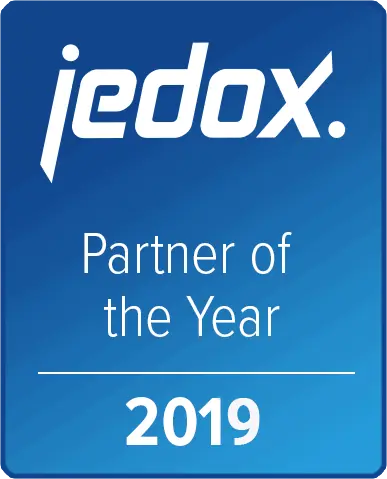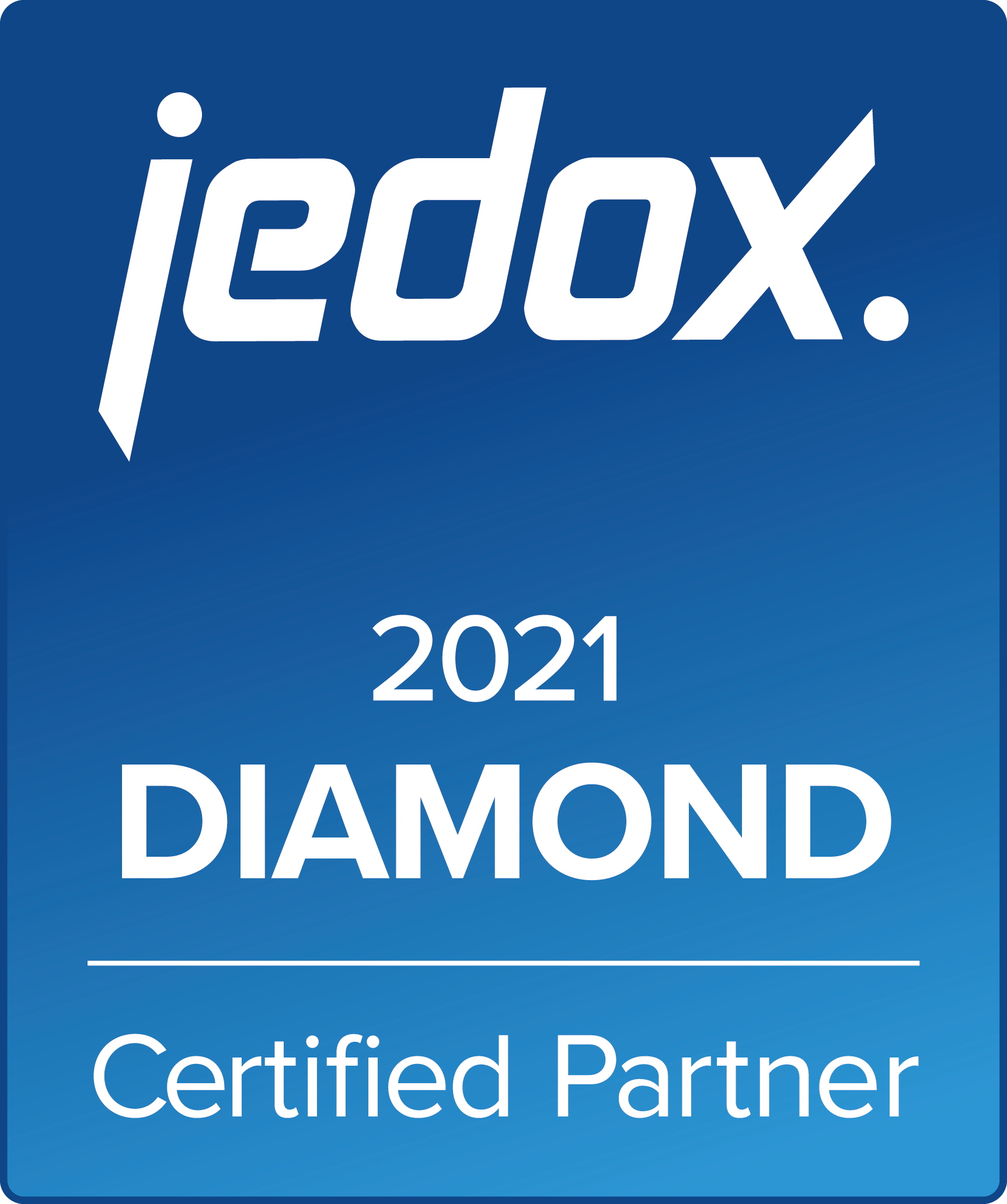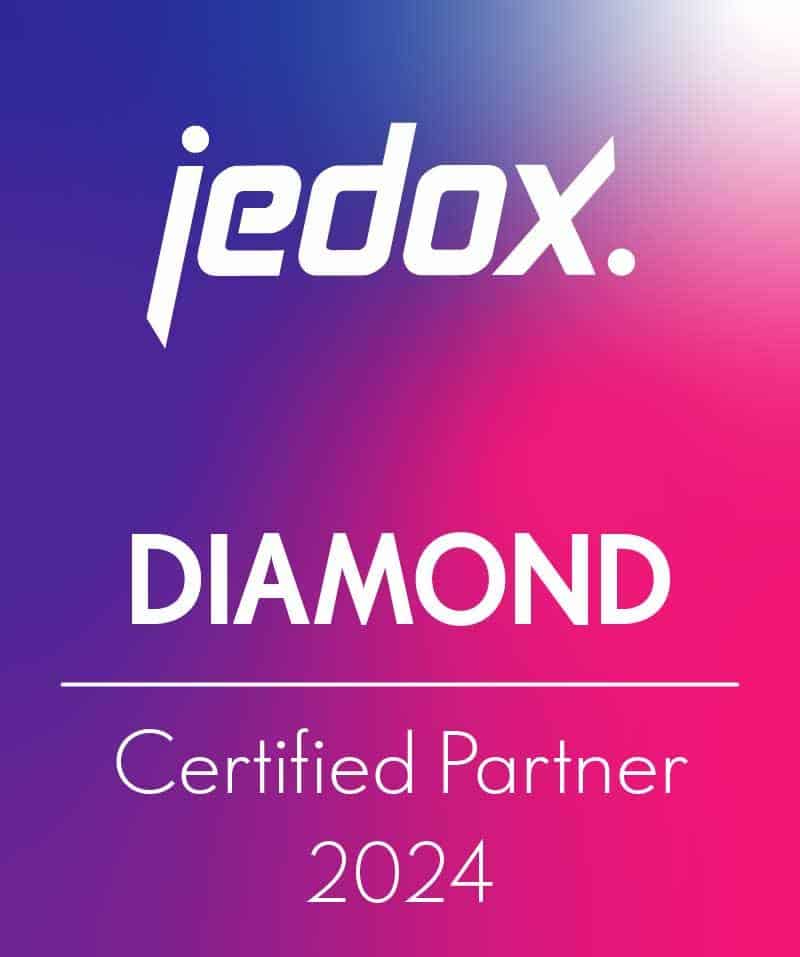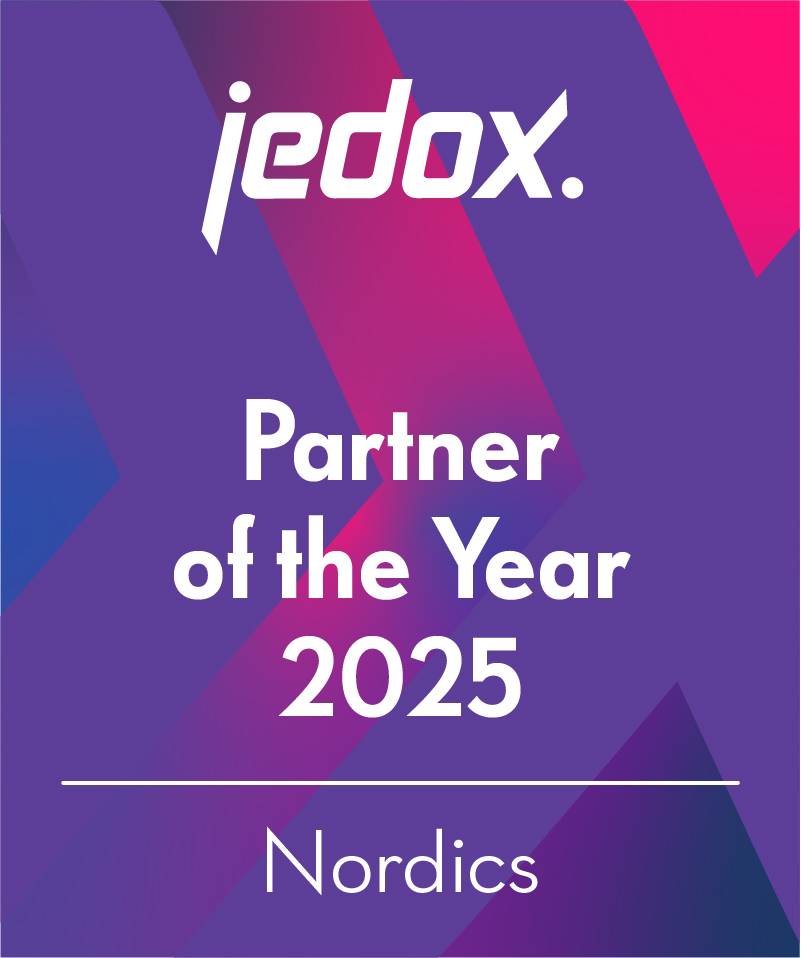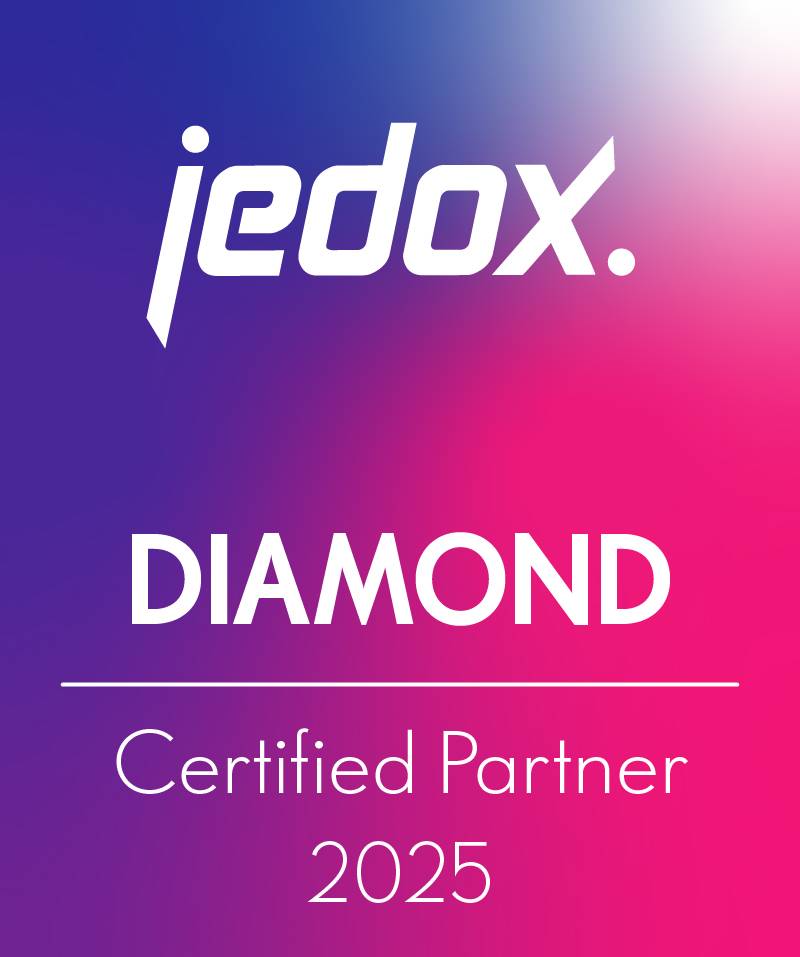
Traditional calendar year budgeting has been the dominating management control system globally for decades. In recent years a process of change has started towards frameworks like forecasting, rolling forecasting or Beyond Budgeting.
Where as budgeting is retrospective in nature and typically considered obsolete a few months into the fiscal year the rolling forecasting is forward looking and focusing on optimization of the future business.
The optimization focuses on the operating model of the company and key drivers that defines the DNA of that business. Questions like “do we have right amount of resources to deliver the forecast” or “should we hire or fire?” etc. The rolling forecasting provides an ongoing prioritization of resources and thereby an optimization so that the company can have a continuous learning curve and integrate these improvements into the company. This should lead to better decisions and improve shareholder value. The traditional budgeting is typically a political process where gaming and power is implicitly on the agenda.
Pros and Cons
- Rolling forecasting avoid sandbagging if you de-couple targets from rewards
- Rolling forecasting makes your organisation do the right things and adopts to a changing environment rather than discussing what went wrong retrospectively
Time horizon
- Should the forcast time horizon be 12 or 24 months and how often should it be performed?
- The decision should be determined on the companies sensitivity to market conditions as well as its business cycles
How to forecast
- Find the drivers that describes your company's DNA and that can used to forecast, fx no. of units sold or available hours etc
- Consider whether you need to do retrospective analysis on Actuals vs Budget, or if the focus is more on "what have we learned since last forecast?" and "what can we do to improve?"
- Setup a solid dataflow that can deliver the actuals data to support the forecast process and thereby replace any manual processes
- Define the new internal processes and communicate them to the relevant stakeholders. Ensure buyin to the new procedures
Ready to Roll?
- Senior management buy in is key to avoid the sandbagging behavior
- Reinforce line managers to understand that providing the true information is important.
- They should think "what has happened since the last forecast - what new information has become available that changes my view on the future?"
- De-couple the forecast from the reward
- Reward should be based on periodic targets that does not change if the forecast changes - that would be like moving the goalposts after the game started
Implementation
- Face it - Rolling forecast cannot be supported by Excel
- Acquire a software like Jedox and avoid the cumbersome manual processes in either Excel or the ERP system.
- Think big but start small with success stories obtained within 2 months
- Should the static budget be abolished after the implementation of rolling forecasting? Typically not because its such an incorporated management control process and incentives are normally build up on the yearly target (budgets)








